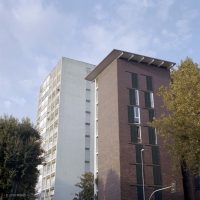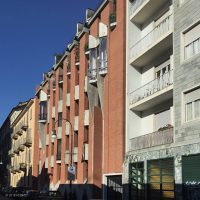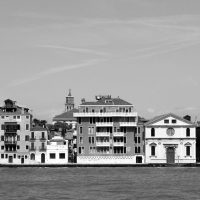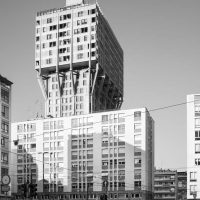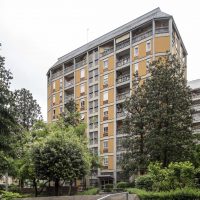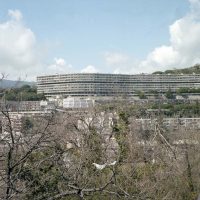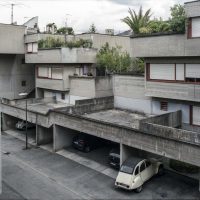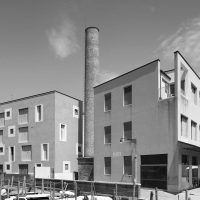The theme of public and private housing, in its forms and in its relationship with the city and the landscape, is central to Italy’s post World War II economic development. The itinerary tells the story of the construction of the modern city through the planning of social housing and private houses.
The heroic season of the INA-Casa neighborhoods (1949-63) gives a very clear picture of the role and the theoretical-cultural approach taken by Italy in the Reconstruction period and then, in the period of the “Italian economic miracle”.
The itinerary also includes some specific experiences of bourgeois architecture (the Milanese condominium, the Roman apartment block called “palazzina”): buildings, sometimes small, which have managed to “make cities” thanks to their specific architectural quality.
In the late 1980s, a period of 20 years saw the completion of public housing for about 900,000 families, three times those created by the Fanfani Plan. However, the approach is very different: the neighborhoods planned with law n. 167/1962 abandon an organic idea of living, focused on the themes of community and “human scale”, replacing it with a model of self-sufficiency, but also of abstraction, leap of scale and rupture with the urban fabric.
In the last decades of the Twentieth Century, Italy underwent a strong disinvestment on social housing. At the same time, large private investments brought Italy to a new building boom at the turn of the millennium, driven by the expansion of the main metropolitan systems. Unfortunately, they seem to have had more impact in terms of quantity, rather than quality.
Works
Map
Activate the menu next to the title to explore the list of works



